It’s June and I’m one of hundreds of people taking a leisurely weekend walk on the High Line in New York City.
I pointed to some buildings off in the distance with rows of plants spilling from the terraces and said, “I like that — it’s definitely a look.” In fact, it was more than a look, it was a huge contrast from the typical concrete and glass buildings I’m accustomed to seeing.
Little did I know, that style is a movement that’s shaping how we’ll experience indoor spaces in the future:
Biophilia
– and no, it’s not a dirty word.
Upon research I discovered some beautiful descriptions of this term:
“The inherent human need to affiliate with nature.” — E.O. Wilson, biologist, researcher, and biophilia theorist
Biophilia… stems from the Greek meaning “love of life.”
“A healing environment allows people to draw emotional support from their settings.” Nikos Salingaros, Terrapin Bright Green
“Biophilic design is not about greening our buildings…it is about humanity’s place in nature, and the natural world’s place in human society…” -Stephen R. Kellert and Judith H. Heerwagen

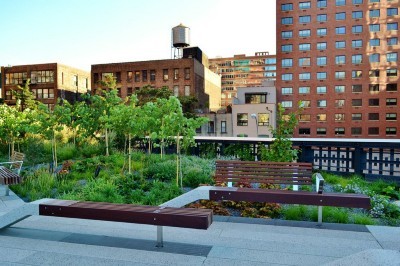

Today, in our sleek cities we’ve become too disconnected from the natural world of our ancestors. Biophilia seeks to swing the pendulum back to incorporate more traditionally natural elements into our built environments. The effect of doing this is currently being scientifically proven to provide an array of positive benefits for our health, sense of well-being, and productivity.
Examples of biophilia include an attractive fractal pattern in a cauliflower, a row of tulips in the middle of a bustling downtown, or the sound of small waves lapping up against the pier. It can be a complex repetitive design element, or simple pebbles and rocks.
14 Patterns of Biophilic Design
In fact, Biophilia doesn’t just mean adding natural elements. It’s an elaborate tool that can be strategically implemented depending on a space’s goals. Terrapin Bright Green, a sustainability consulting firm based out of NYC, has done an incredible amount of research and publishing on this topic. They cite “14 Patterns of Biophilic Design”: a designer’s toolset. For a primer, I feel the following are ones we can immediately implement into our everyday lives:

Hospitals, Hospitality, and Workplaces
We are going to see a lot more biophilia in these three areas in the future:
Hospitals
When a patient is in a vulnerable state and uncomfortable in his/her surroundings, savanna landscape art can offer a sense of calm, safety and control. Savanna landscapes encompass overhead or open elevated views. This is known as the Biophilic Prospect Pattern. The savanna image nudges the instinctual side of us to feel more secure, because we’re able to survey all the information and assess whether the land ahead of us is safe or not. While taking in the beauty of nature, we are also in control.
In another example, architects at Khoo Teck Puat Hospital in Singapore are designing waterfalls and an atrium filled with natural elements to create a restorative environment for patients and the staff. This is an example of the Presence of Water Pattern.
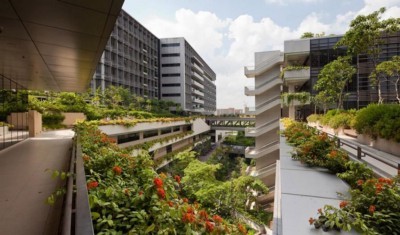


Hospitality
Hotels have taken a great interest in biophilia with the intent to keep their guests comfortable and wanting to return.
Hotel Tassel in Brussels (Victor Horta, 1893) uses ornamental decor and Art Nouveau architectural forms inspired by nature.
Flooring can also be inspired by the outdoors such as when carpet adopts an earthy texture.

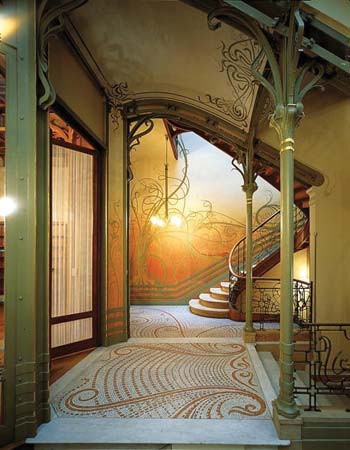
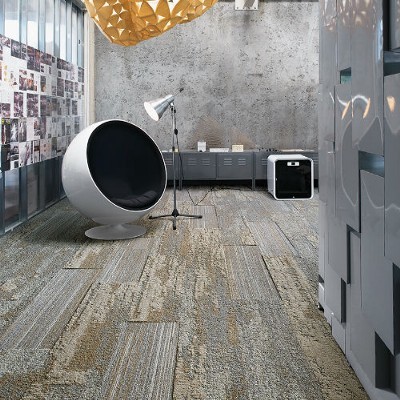
Workplace
We spend an incredible amount of time at work, so implementing ways to make our workplace healthier and more productive is extremely impactful. I recently worked at an agency where the temperature was so poorly controlled that an area of the office was called “the tundra” because people who worked there had to wear jackets to stay warm. I often wondered why the building couldn’t fix that, but if they could this would be an example of the Thermal & Airflow Pattern.
According to the Global Impact of Biophilic Design in the Workplace study, 47% of employees have no natural light, and 58% of offices have no live plants, yet one-third of us say these factors would affect our decision to work at a company! Don’t we see how these details would prevent talent from committing themselves to an organization? No talent, no innovation.
Some offices are getting it right: implementing green walls and providing areas to rejuvenate during the workday also known as the Visual Connection with Nature Pattern.
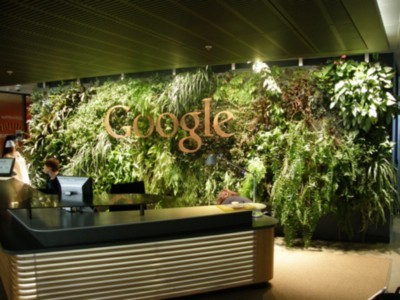
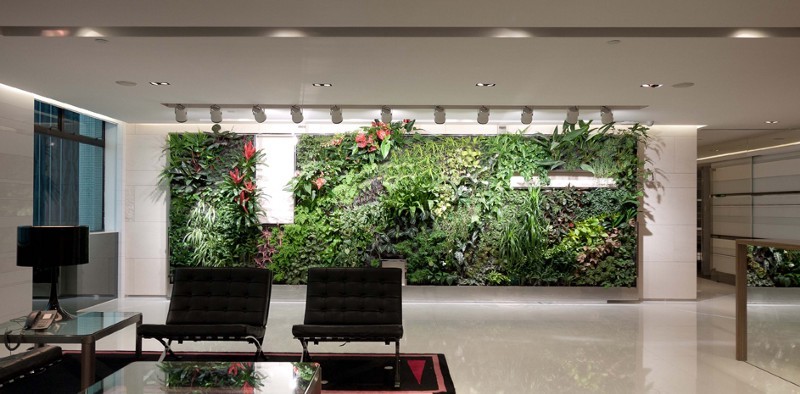
Suggestion: Pick a plant for your workspace. You can choose from this list of air-filtering plants or go with your favorite.

There’s a huge wellness industry which focuses on our individual inner environment: nutrition, exercise, meditation. Now I ask you to become aware of our outer environment. What if your day-to-day setting supported you to reach higher and accomplish more?
Originally published at medium.com


